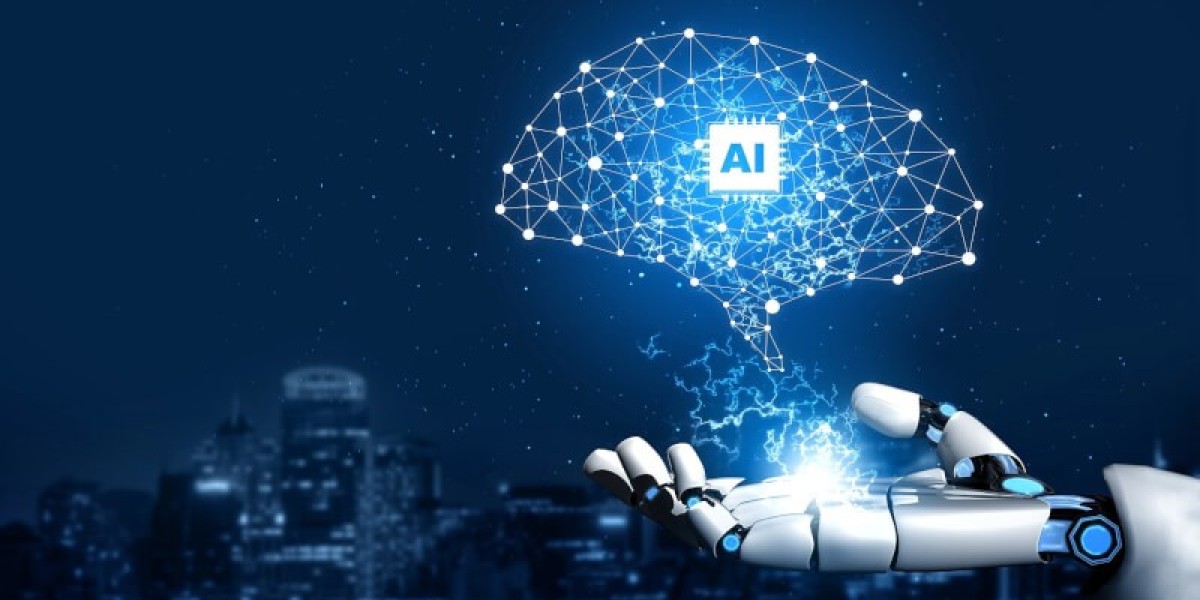Artificial Intelligence (AI) is rapidly advancing, playing a crucial role in industries like customer service, healthcare, and entertainment. However, one major challenge remains—AI often lacks the warmth, empathy, and adaptability of human intelligence. Humanizing AI (人間化 ai ) refers to the process of making AI more natural, emotionally aware, and intuitive in its interactions with people.
This article explores what humanized AI is, why it is important, the methods used to achieve it, and the challenges it presents.
What is Humanized AI?
Humanized AI refers to AI systems that exhibit human-like characteristics in communication, decision-making, and emotional intelligence. Key aspects of humanized AI include:
Natural Language Understanding: AI that communicates fluently and naturally.
Emotional Intelligence: Recognizing and responding to human emotions appropriately.
Context Awareness: Understanding social and situational cues to adapt responses.
Ethical Decision-Making: Incorporating empathy and ethical considerations beyond pure logic.
Human-Like Behavior: Creating AI avatars or humanoid robots with realistic expressions and gestures.
By incorporating these traits, AI can engage with humans in a more intuitive and meaningful way.
Why is Humanizing AI Important?
1. Enhancing User Experience
AI that interacts naturally improves communication in chatbots, virtual assistants, and customer service applications.
2. Building Trust and Connection
Users feel more comfortable and trusting when AI behaves in a relatable, emotionally aware manner.
3. Improving Mental Health and Emotional Support
AI with emotional intelligence can provide better support in fields like therapy, elderly care, and companionship.
4. Increasing AI’s Role in Society
From education to business, humanized AI can seamlessly integrate into daily life and work environments.
How AI is Becoming More Human-Like
1. Conversational AI and Chatbots
Advanced language models (such as ChatGPT) are trained to have natural, context-aware conversations.
2. Emotion Recognition Technology
AI can analyze facial expressions, voice tones, and text sentiment to adjust responses accordingly.
3. Adaptive AI Personalities
AI is being designed with unique personalities and styles to create more engaging, customized interactions.
4. Humanoid Robots and Digital Avatars
Companies like Boston Dynamics and Hanson Robotics are developing robots that mimic human expressions and behaviors.
Challenges in AI Humanization
1. Ethical Concerns
Should AI pretend to be human?
How do we prevent AI from emotionally manipulating users?
2. The "Uncanny Valley" Effect
If AI appears almost—but not fully—human, it can create discomfort or distrust. Finding the right balance is crucial.
3. Bias and Fairness Issues
AI learns from human data, which can introduce biases. Ensuring fairness and inclusivity is a major challenge.
4. Privacy and Security Risks
Emotionally intelligent AI requires user data, raising concerns about privacy and ethical AI use.
The Future of Humanized AI
As AI evolves, it will continue to improve in emotional intelligence, ethical decision-making, and human-like interactions. However, human oversight is essential to ensure AI remains beneficial, ethical, and transparent.
The key question is: How human should AI become? While AI humanization enhances experiences, ethical and societal considerations must guide its development.









